Summer Sale - Save $200 + 2 Free Bonus Items!

See Why This Driver Beats Top Models
Hit the Ball 20 Yards Longer With The Club Designed for Golfers Age 50+ With Slow Swing Speeds.
VLS maxvert 1 is Guaranteed to Beat Your Current Driver -
or Your Money Back
“Received the Maxvert five days ago. I took it along with my Ping and played. The Ping never came out of my bag. It was instant success! Slice is gone and getting 20-30 yards longer off the tee. The Maxvert is lighter and easier to maneuver. Thank you for this innovative product!”
Don S. 75 - 16 HDCP
“I received my Maxvert Driver today and had a practice 9 holes before a three-day tournament this weekend. I pulled it out to try it on the 2nd hole and my playing partner was floored with how far and straight I hit it. He has encouraged me to shelve the PXG I have been using and switch to the Maxvert this weekend.
One word to describe the driver: HOT.”
Paul R. 67 - 12 HDCP
How Does The maxvert 1 Compare to Big Name Drivers?
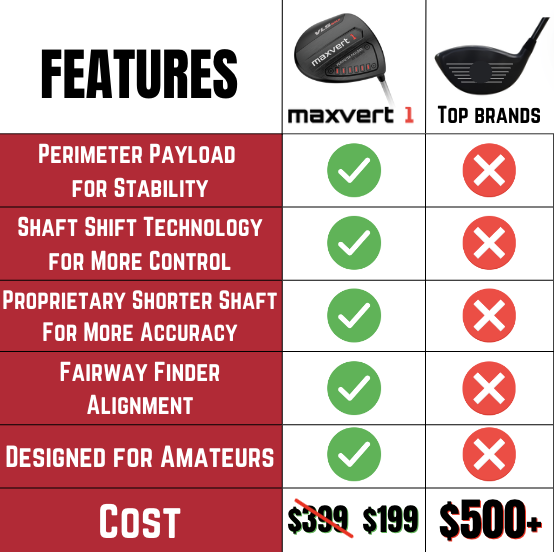
Major Championship Instructor Joins Award-Winning Club Designer to Build a Driver that Actually Solves Your Most Common Problems
Remember when you were watching that PGA tournament last weekend…
Or scrolling the website of that popular golf outlet…
And you saw all those ads for “senior-friendly” drivers that are “perfect for golfers with slower swing speeds”…
Alongside spots for drivers that help tame your slice?
Remember those?
Of course you don’t.
The big club companies don’t advertise drivers like that.
Because they don’t make drivers like that.
It’s one of the most baffling facts about the equipment industry:
The major clubmakers flat-out ignore a HUGE portion of their customer base – golfers over 50 who suffer from a slice.
Why?
Beats me. My best guess is that with a handful of companies dominating the driver market, they don’t see any benefit to making clubs specifically for “mature” players.
Those golfers have to buy something, after all. Why not just shoehorn them into the queue for the made-for-pros drivers that move the sales needle?
Maybe they’re right. Their bottom line says so.
But where does that leave you – the slicing golfer whose swing has slowed down and sent his distance diving with it?
I’ll tell you where.
It leaves you playing a driver that makes the problem even worse.
Here is what I mean!
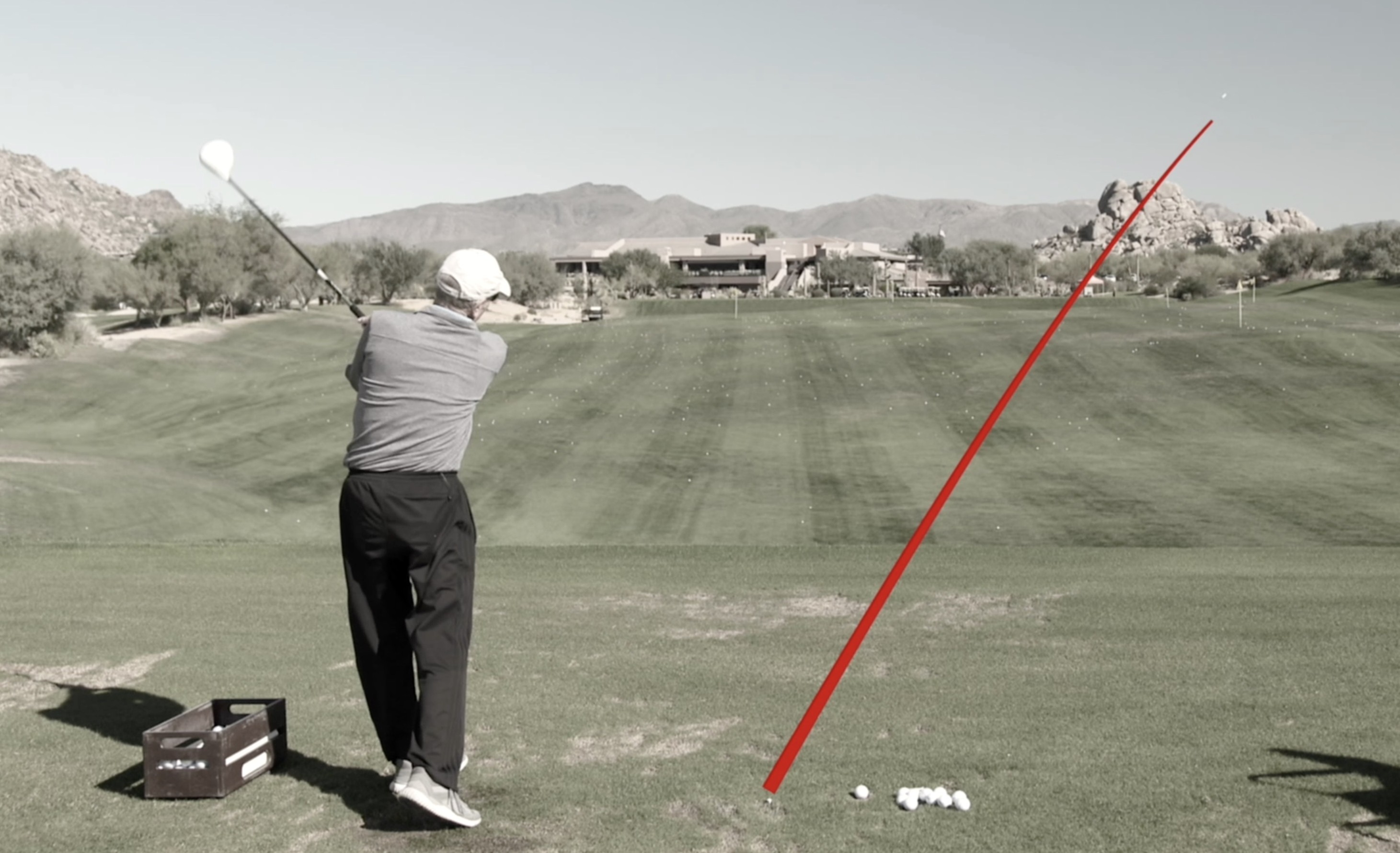
1. Your driver’s extra-long shaft and flat (horizontal) lie force you to swing more around your body.
That makes it harder to square the face at impact AND, if you’ve lost a bit of flexibility, nearly impossible to complete a full backswing.
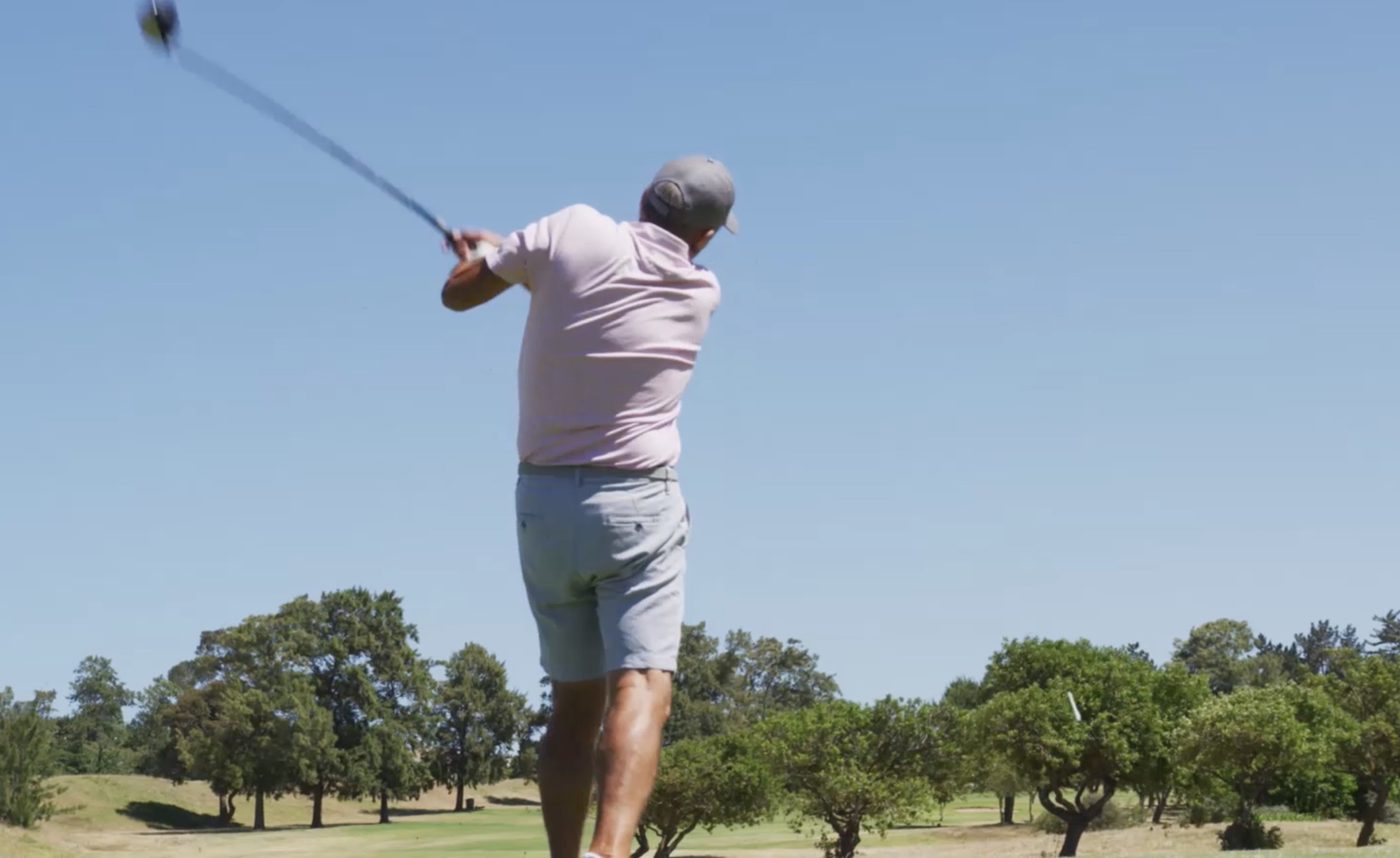
2. Its “neutral” shaft placement and weight distribution, yet again, prevent the average golfer from easily squaring the face.
With its shaft entering the head well away from the center of gravity, and with no extra weight in the heel, your driver offers zero help in “releasing” the club at impact.

3. Its tiny loft creates a low launch angle. Also: The lower the loft, the higher the chance of a slice.
Your driver is robbing you of precious carry distance and doing nothing to minimize – let alone eliminate – your slice.
I’ll give you more detail on these issues in just a moment. More importantly, I’ll give you the antidote.
First, I need to make something clear:
If you can swing the driver at least 100 MPH – and preferably around 115, like the average tour pro – then these design flaws aren’t flaws at all.
As I hinted at before, the typical big brand driver is built with pros in mind.
And why not? Those guys’ endorsements move truckloads of merchandise.
But they do absolutely nada for recreational golfers, who make up the vast majority of my students.
Which is why I decided to build something different :
A driver that makes things easier for the recreational player.
“Today I finally got out on a golf course to use the VLS driver. IT’s everything you said it was. On my better drives I was 30 yards or more ahead of guys I typically was about the same distance with my old driver. So many things related to game improvement paraphernalia is questionable at best but this VLS driver is the real deal.”
Tom K. 64 - 17 HDCP
I’m happy to report that – with a massive assist from one of golf’s premier club designers – my team created just such a driver.
And it’s gonna blow your mind.
Hi, I’m Todd Kolb, a four-time Golf Digest best-in-state instructor and host of a YouTube channel with more than 200,000 highly engaged subscribers.
I’ve taught the game for 25-plus years now, with pupils including countless beginners, an LPGA major winner and every skill level in between.
So, what gave me the crazy idea to get into the clubmaking business?
Simple: frustration. More specifically, frustration with my students’ frustration.
It’s no secret that around 90% of golfers slice their shots.
And frankly, I’ve got a pretty good track record for helping golfers fix the dreaded banana ball.
The thing is, though, that’s it’s pretty easy to knock out a slice with the irons or hybrids.
A driver slice is a whole different beast.
The second part of this story is about distance – or lack thereof.
I’ve seen firsthand what the chart below makes clear:
Golfers reach peak distance in their 20s, then start losing yardage in their 30s. And by the time we’re in our 50s, our average drive has shrunk by 10%.


As you may know, I developed a swing method specifically to help aging golfers compensate for their physical shortcomings.
It’s called the Vertical Line Swing (VLS), and I hope you’ll check it out.
FYI: The driver you’re about to see works perfectly with my Vertical Line Swing System.
But I wanted something that would work with any swing style.
A driver that would:
-
Take a big bite out of the nastiest slice
-
Give golfers age 50+ a major distance boost
-
Deliver accuracy to equal or beat any mass-market model
-
Forgive miss-hits like they never even happened, and…
-
Make lining up to your target as simple as pointing your finger
Sounds easier said than done, doesn’t it?
I thought so, too, when we first embarked on the project.
But once I started talking to Josh Boggs – the hot-shot designer I mentioned before – something dawned on me:
Building a driver for the recreational golfer wasn’t actually hard at all.
The majors could’ve done it years ago, if they’d wanted to.
But they didn’t.
So we did. I’m thrilled to introduce:
The maxvert 1 Driver

As much as I’d love to take full credit for the technical wizardry in this ball-smashing machine, I have to tip my cap to Josh.
He met my concept for a senior-friendly, slice-busting driver with a flood of ideas.
Some were brand new. Others he’d been toying with since his days at Nike, where he stockpiled a dozen Golf Digest Hot List medals while working with some of the game’s all-time greats.
Josh, as the kids might say, is “that dude.”
And the VLS maxvert 1 Driver is “that club.”
This thing’s got so many unique features that do so much to improve your game, I hardly know where to start.
I’ll go with the one that’s most likely to catch your eye – and make you go, “What the bleep?”
Shaft Shift Technology – A Game-Changing
Anti-Slice Innovation

As you can see, the maxvert’s shaft enters not at the very edge of the clubhead’s heel (like every other driver), but slightly closer to the center.
What’s the purpose?
With the shaft axis – the line through the center of the shaft – closer to the center of the head, you need less torque on the grip to close the clubface at impact.
That, my-friend, is a game-changing, anti-slice innovation.
Here’s the deal.
Because the modern driver’s head is so big, its center of gravity is much farther from the shaft axis than any other club’s.
Think about how much easier it is to square the face with a fairway wood or an iron, and you’ll understand the issue.
As Josh points out, even the world’s best players struggle to catch the driver dead flush.
“When I’m watching pros, their swings look gorgeous,” he says, “until they hit a driver. And then you can see them fighting to close the clubface.”
If the play-for-pay set can barely square up a monster-headed club, what chance do you have?
No much – unless you’re swinging the maxvert 1. (By the way, its volume is 436cc, or a bit smaller than the standard 460cc.)
It makes squaring the face so effortless, you might even feel like you’re swinging a fairway wood.
Until you see how far the ball goes.
Next, let’s turn to a feature that enhances the Shaft Shift’s benefits while adding some of its own.
Perimeter Payload – Release the Club for Effortless Power
We added 25 grams of weight to the outside of the maxvert’s heel section. Again, that may not sound like much – but this “Perimeter Payload” does two important things:
-
It effectively lightens the maxvert’s toe section, making it that much easier to release the club for pure impact.
-
It boosts the club’s perimeter weighting for extra stability and an even higher moment of inertia (MOI), the No. 1 key to forgiveness on off-center shots.
Paired with Shaft Shift Technology, Perimeter Payload won’t just slay your slice.
It may very well turn you into a draw-crushing machine.
Now we get to the maxvert 1 Driver’s specifications. These are usually an afterthought when describing (or buying) a standard driver – but as you can tell, this club is anything but standard.

Shorter Shaft + More Upright Lie =
Consistent Sweet Spot Contact
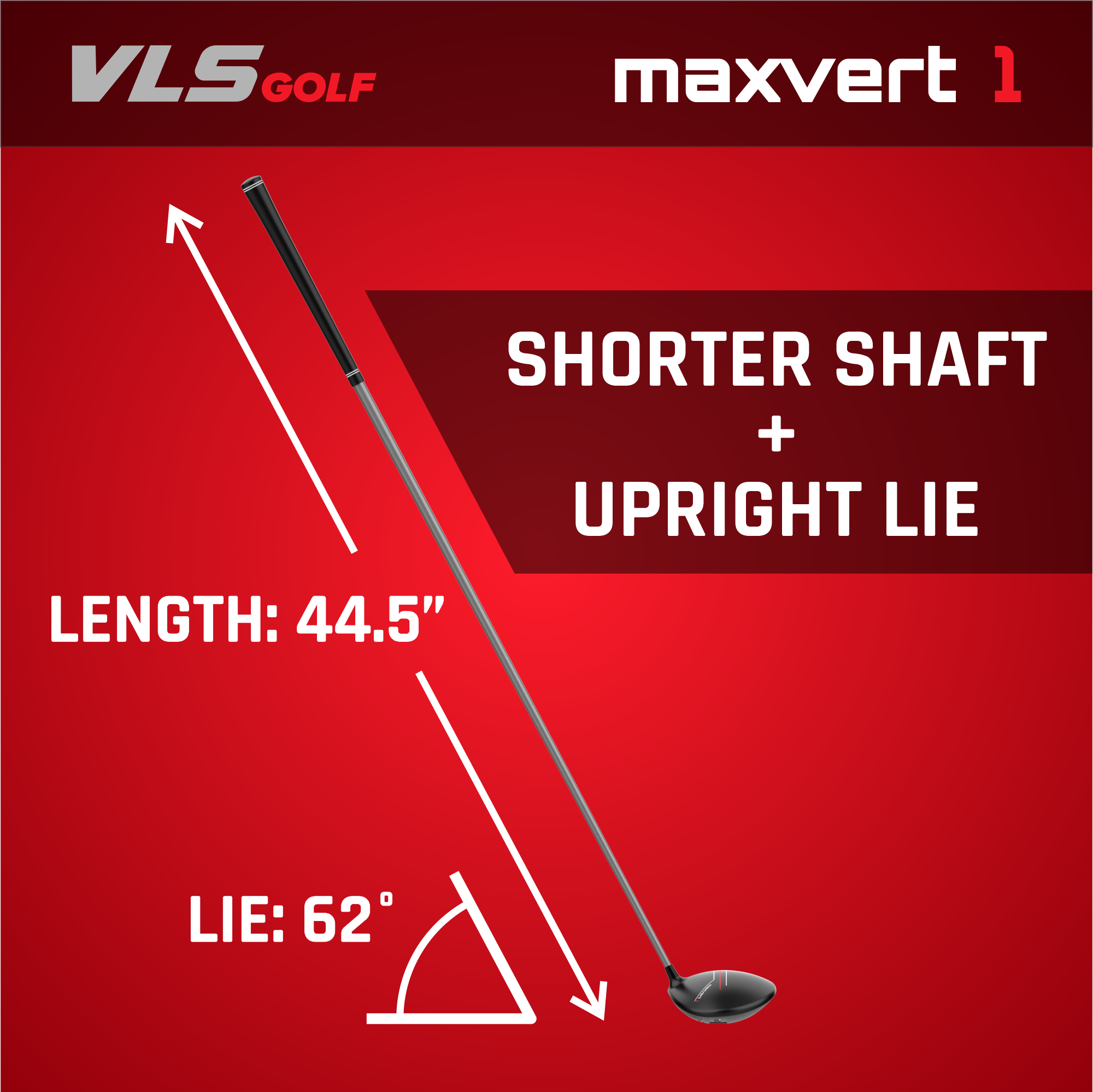
You may already know that driver shafts have gotten much longer recently. The standard among the big clubmakers is now 45.5” – 46”, compared to 44” – 45” back in the day.
Here’s the reality: Yes, a longer shaft produces longer drives when you nail the center of the face. But the longer the shaft, the harder that is to do.
A longer shaft also forces clubmakers to “flatten” the lie angle, or make it more horizontal. Between 56° – 60° is the new standard.
That’s no biggie – if you’ve got the flexibility of a flat-bellied 20-something.
For those of us who’ve stiffened up over the years, it’s increasingly difficult to rotate the shoulders and torso enough to make a full, powerful turn.
So… Doesn’t it stand to reason that a slightly shorter shaft and more upright (vertical) lie would alleviate these issues?
It does, indeed.
The maxvert Driver’s shaft is 44.5” while its lie angle is 62°.
The effect, again, is twofold:
1. A shorter shaft greatly aids your control of the clubhead, meaning more drives struck dead solid perfect. With the Maxvert, you’ll see a higher average driving distance than you’ve gotten in years.
Bonus: You’ll get a big accuracy boost, too.
2. A more vertical lie moves you closer to the ball, so your swing becomes more up than around. You’ll find that your left arm cruises into a higher position at the top, adding length to your swing – and your shots.
Last but not least, let’s look at two features that will make you the straightest hitter in your foursome – maybe any foursome.
Fairway Finder Alignment - Automatic Aim with 100% Confidence
You may not realize it, but the No. 1 cause of missed fairways is NOT a slice.
It’s misalignment.
Yep, most wayward tee shots start before you even draw back the club. And the blame, yet again, falls largely on the clubmakers.
Look at the crown of your current driver. Does it have a clear, easy-to-aim alignment guide you can point straight at the target?
I bet it doesn’t. And I have no idea why.
Contrast that with the VLS maxvert’s Fairway Finder – three crisp lines, including a red line down the center – which make aligning the face a piece of cake.
FYI: Golfers who tested the maxvert 1 before its release positively raved about this feature.

TruHex Flex Face – Precise Center Face Contact
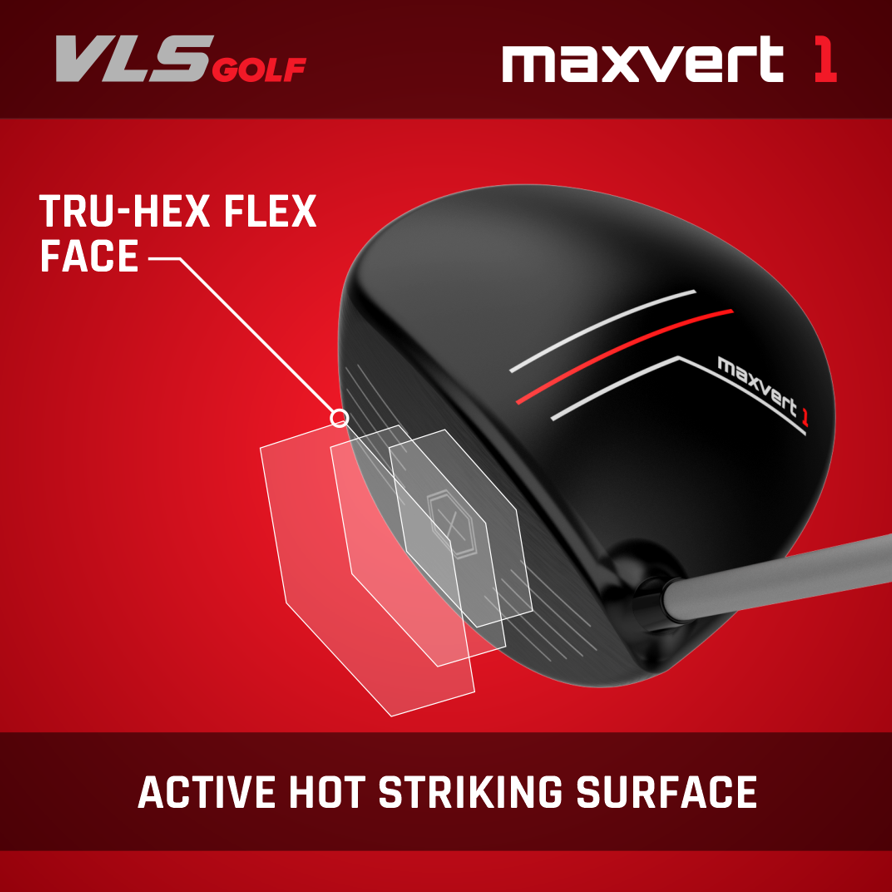
When working on ways to improve your alignment, we didn’t stop there.
We matched the Fairway Finder with a hexagonal target on the clubface – we call it TruHex – so you can center the ball precisely with the sweet spot and launch it dead straight.
One more thing: The inside line on the Fairway Finder takes an angled turn near the back of the crown, a subtle signal promoting an inside-out (draw) clubhead path.
Yes, indeed, we thought of everything.
Proprietary Graphite Shaft – Fine-Tuned to Maximize Distance at Your Swing Speed
Here’s the thing about building a driver:
You can put a dozen killer innovations into the clubhead…
But if you stick it with the wrong shaft…
Those innovations are as worthless as a shoe with no sole.
The best way around that, of course, is to create a shaft that’s specially fit to the clubhead.
So that’s what we did.
The maxvert Driver’s graphite shaft comes in five flex options (you’ll choose at checkout), each with the precise weight, kick point and torque needed to maximize distance, launch angle and accuracy for specific swing speeds.
This shaft is made with top-grade materials and offers terrific feel and feedback.
… Whew!

That’s a LOT of game-improving features packed into one club. Features you simply won’t find in a big-brand driver.
Another key difference: the maxvert’s price.
It’s much, much lower than you’re used to paying; you’ll find it at the bottom of this page.
Before you race to scroll down, there’s a few more things I need to tell you about.

Wait There is More!
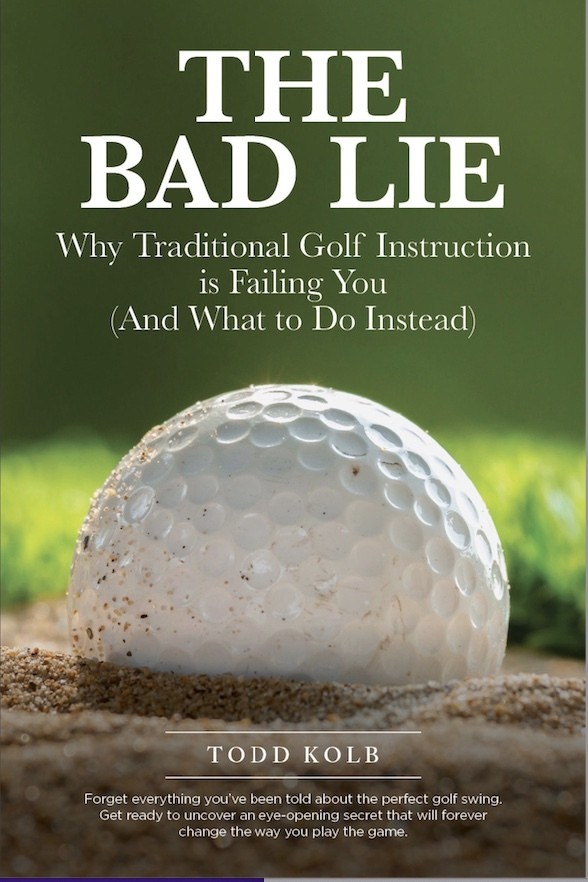
Order the maxvert 1 now and get a digital copy of The Bad Lie Book from Todd Kolb for FREE!
Get ready to uncover an eye-opening secret that will forever change the way you play the game.
We still aren't done yet....
Testimonials
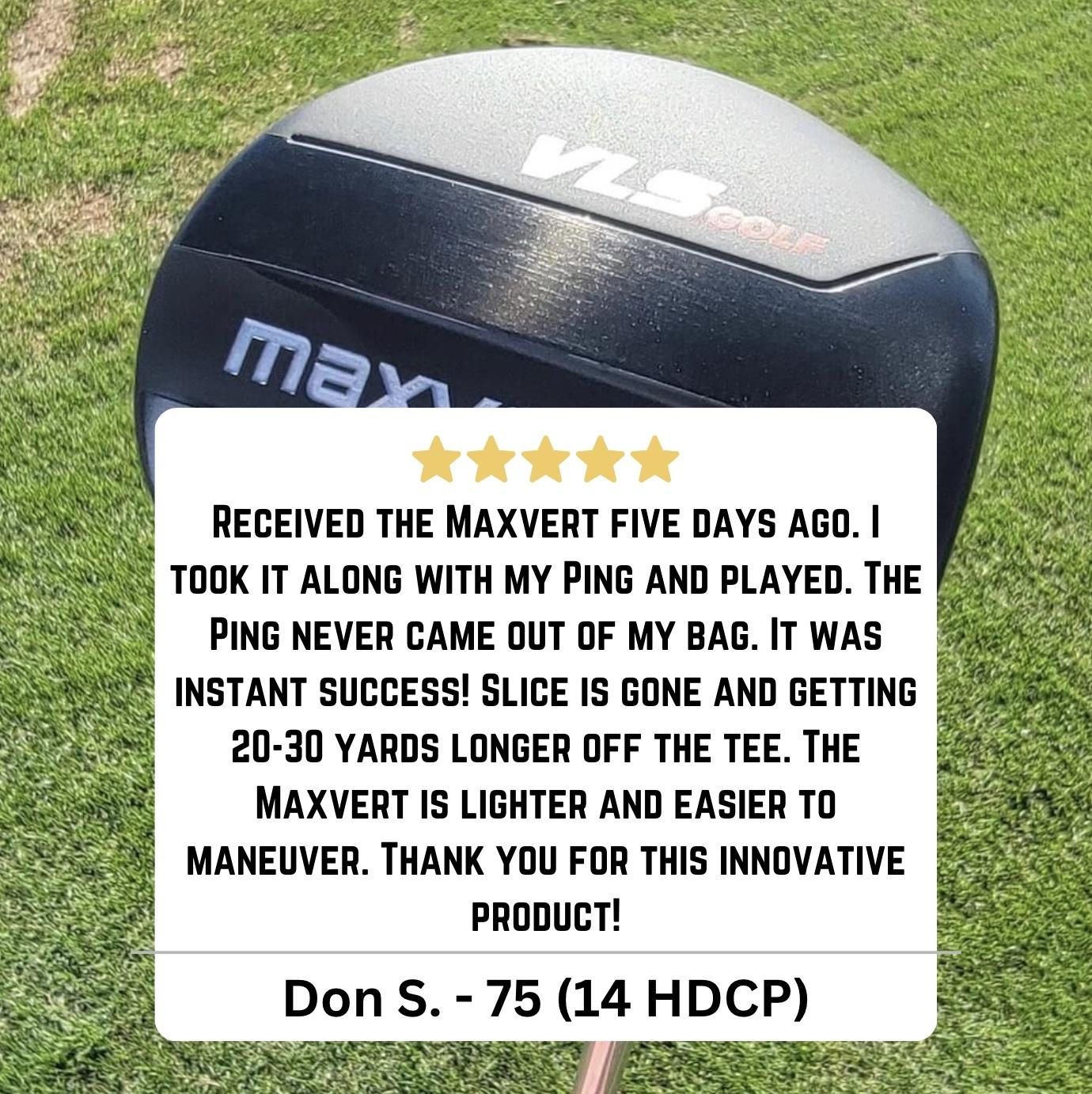
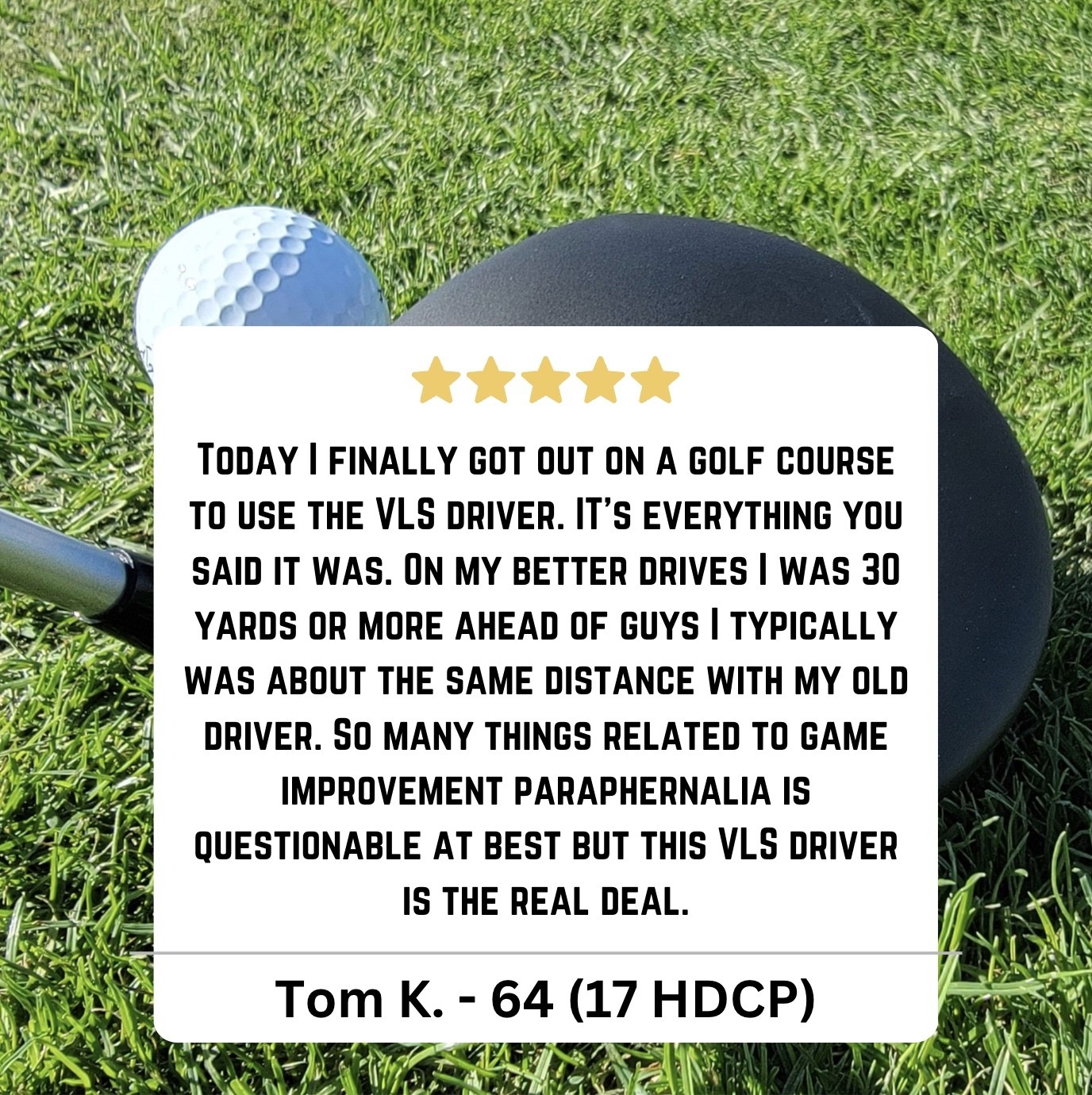
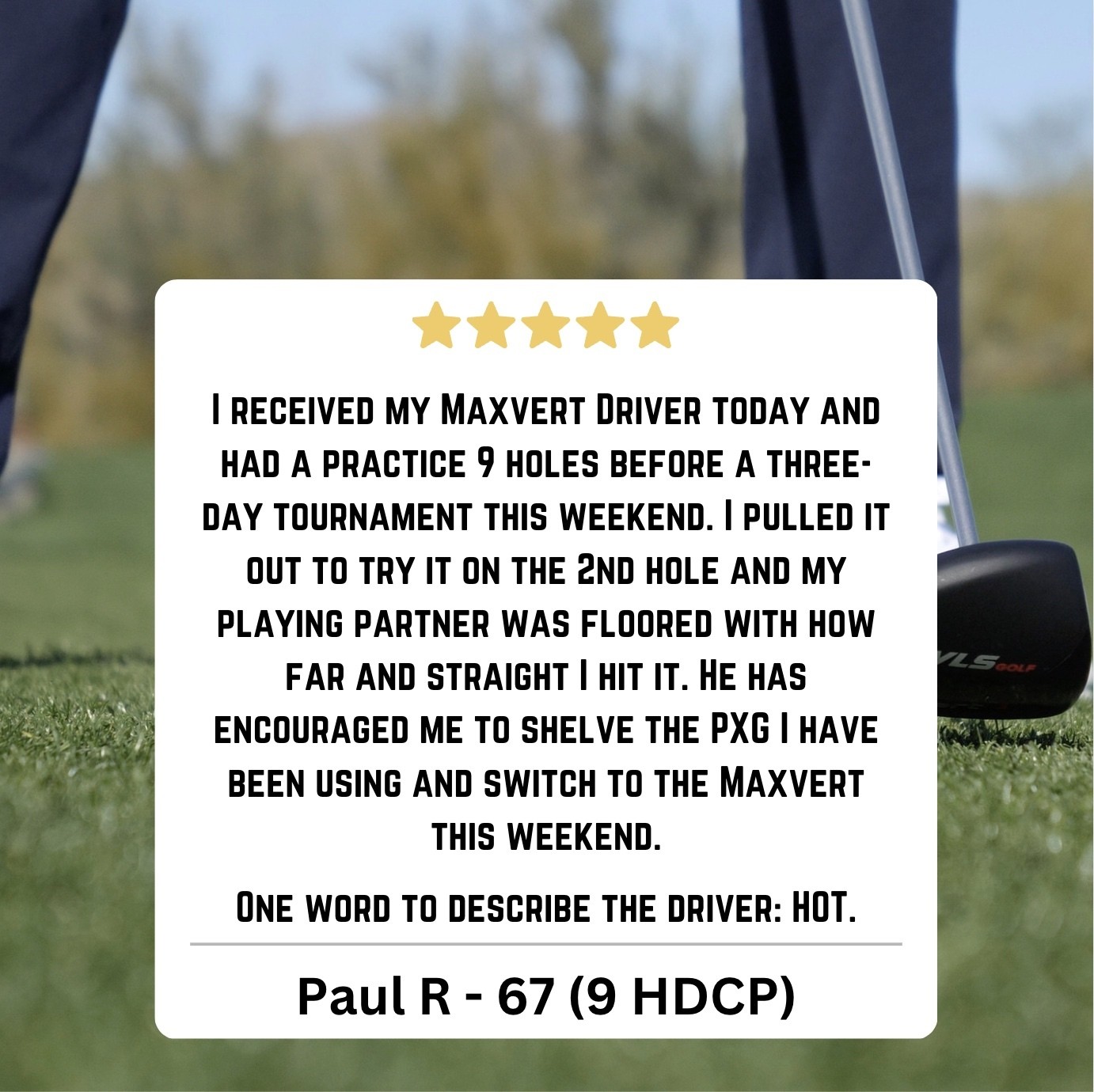
There’s no doubt, promises like this can be tricky.
I stand to lose a bundle if we’re flooded with returns.
But I’m not worried – not in the slightest.
My faith in Josh Boggs, plus feedback from test golfers, along with my own results hitting the maxvert 1 Driver…
Give me 100% confidence that you’re gonna love it.
If you can only get out for one range session or a couple of rounds, that should be plenty for the Maxvert to prove its mettle.
My hope, though, is that you’ll really put it through the paces. On the range and the course.
I’d be thrilled if you can check your distance and accuracy data on a launch monitor, or with a stats-analysis program, and compare them against your current driver.
My money, quite literally, is on the VLS maxvert 1.
Because if you find that it doesn’t measure up, in any way whatsoever…
You’re welcome to ship it back for a full product refund. No questions asked.
My prediction is that if you’re a golfer over 50, particularly if you slice, the VLS maxvert 1 Driver will deliver:
-
More distance than you’ve seen since your 30s… perhaps even your 20s…
-
A solid accuracy bump to augment your reclaimed yardage…
-
The kind of high launch you’re always hearing about, but never managed to achieve…
-
A major uptick in center strikes, meaning extra distance and the delight of pure contact, and…
-
Consistently long, straight tee shots, which equals easier approaches and lower scores.
Hard to believe you can get all that from a single club, right?
Then again, who knew the big manufacturers were ignoring the vast majority of golfers all these years?
Now that you’ve learned the truth, it’s time to take action.
Claim your VLS maxvert 1 Driver today – and start smashing the ball with effortless power and accuracy.


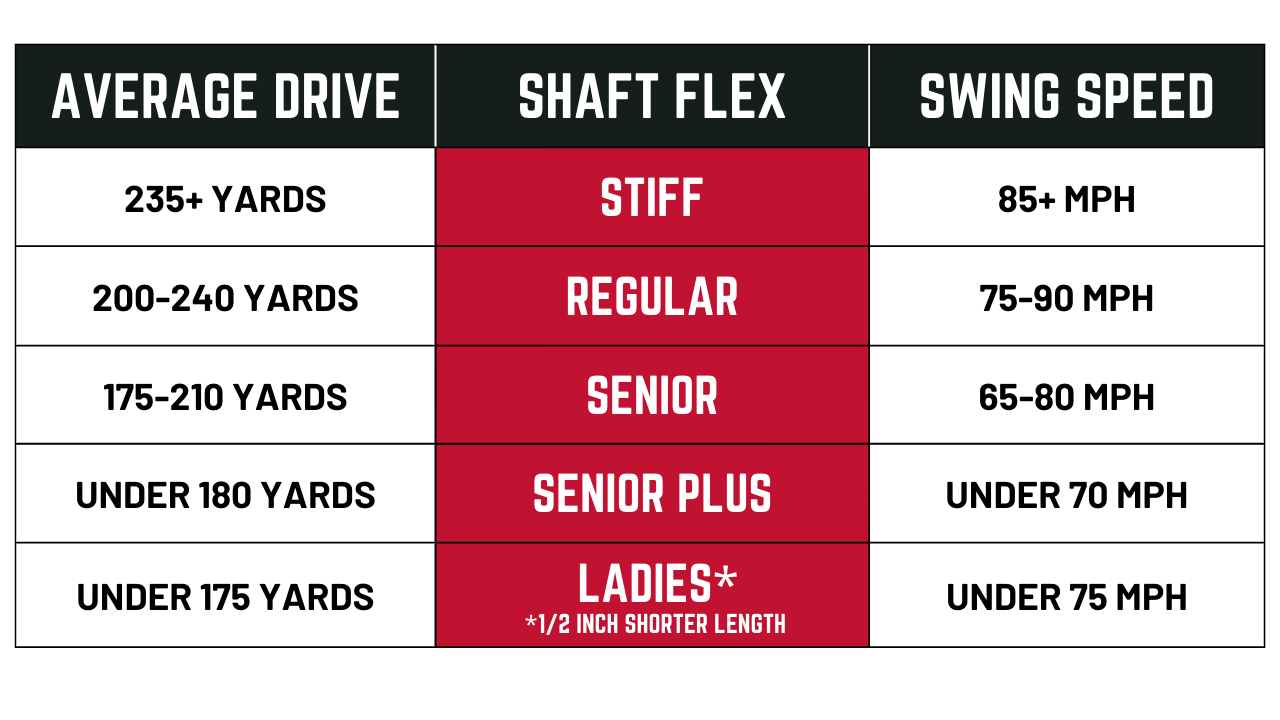
VLS Maxvert 1 Driver – Specifications
Length: 44.5”
Loft: 11°
Lie: 62°
Clubhead volume: 436cc
Shaft: Graphite, available in 5 flexes